It seems that Moore’s law is not relevant anymore. Starting March 2023, many TV sets (especially OLED and 8K) could be prohibited from being sold in the European Union due to high power consumption. This direct order by the European Union’s Ecodesign Directive could cause a knockout (or knockdown) for 8K content usage.

8K HDR TVs: Prohibited from March 2023
Spotted and reported by 4KFilme, it appears that from March 2023, many TV sets (especially OLED and 8K) could be prohibited from being sold in the European Union due to high power consumption. That’s a very significant portion of the whole market. As reported, starting in March 2023, the EU’s Ecodesign Directive will ban the sales of televisions that exceed the newly defined upper limit for energy consumption. OLED and 8K TVs fall into these criteria.
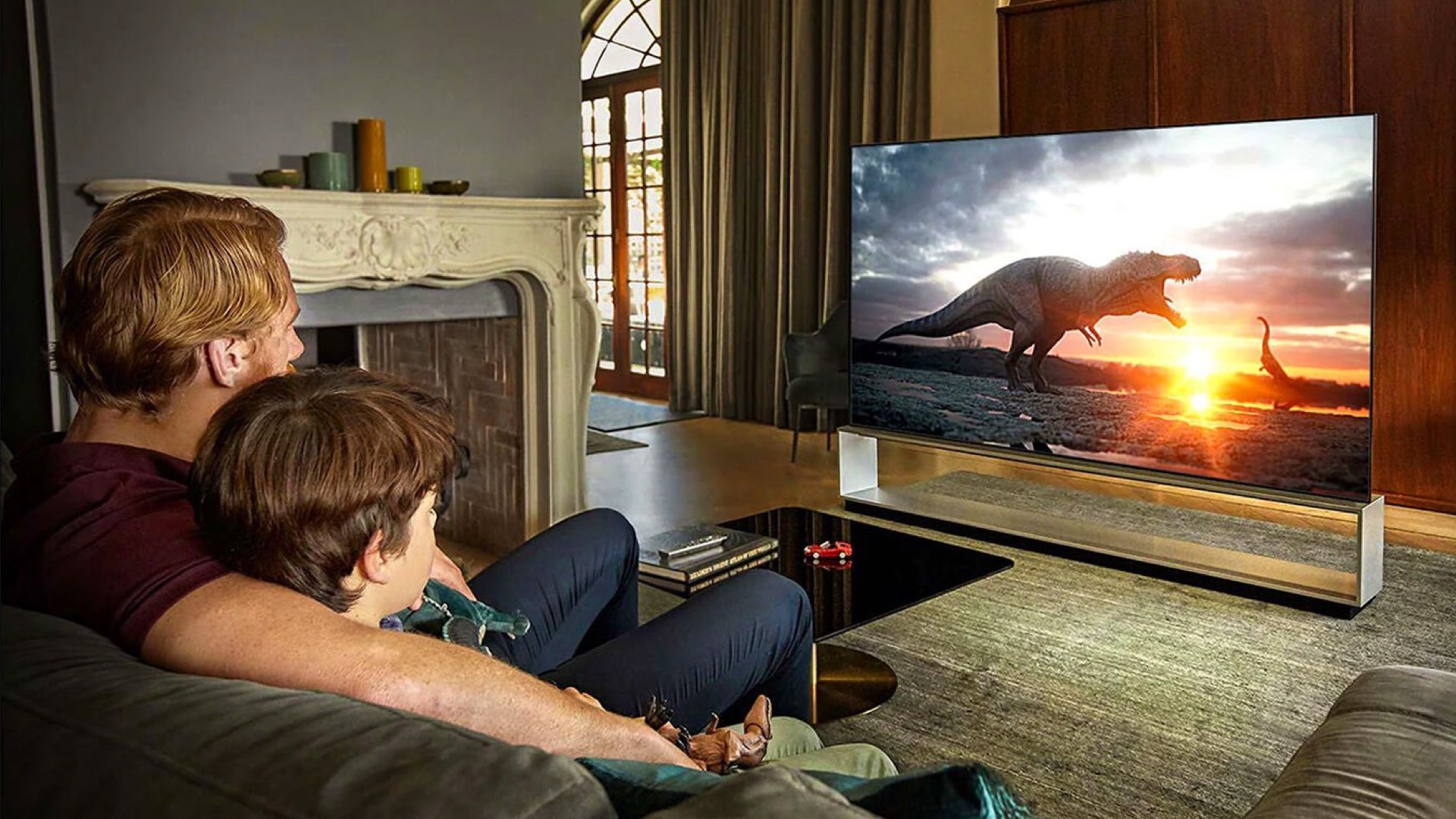
Energy Efficiency Index (EEI),
EEI stands for Energy Efficiency Index, and it’s the new energy efficiency label from the European Union. As for home TVs, the parameters that affect the maximum values/consumption of the EEI are the size and resolution of the screen. The EEI must be defined within certain scales so that the television or monitor can be sold within the European Union, and as of March 1, 2023, these limits change significantly. Devices that exceed the upper limit of the maximum consumption values (most HDR 8K TVs) can no longer be sold in Europe. Below you can find the formula that calculates the EEI:
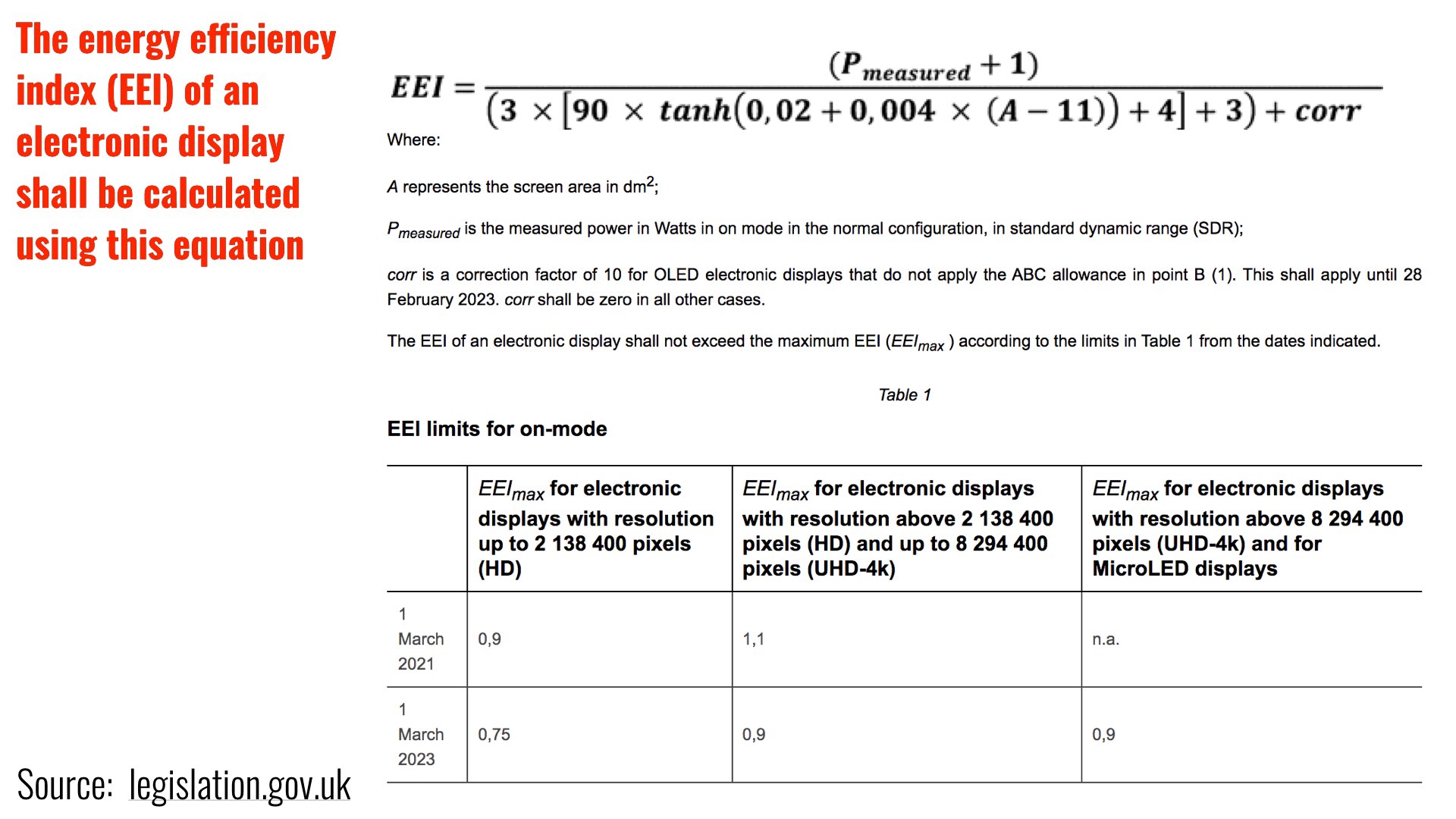
The end of OLED and 8K TVs?
According to the new energy classification, almost all modern TVs between 49 and 85 inches diagonal (and larger) end up in the energy efficiency class “G” (explore the slide below). This is the worst class, at least according to the European Union. And all televisions, regardless of whether they are LCD, OLED, Mini-LED, QLED, Micro-LED, etc., that have been classified in this class and exceed the upper limits defined for energy consumption, may cease to be marketed from March 2023, especially those well-sold TV with 8K HDR capabilities, since the brightness is a solid factor that pushes up the energy consumption.
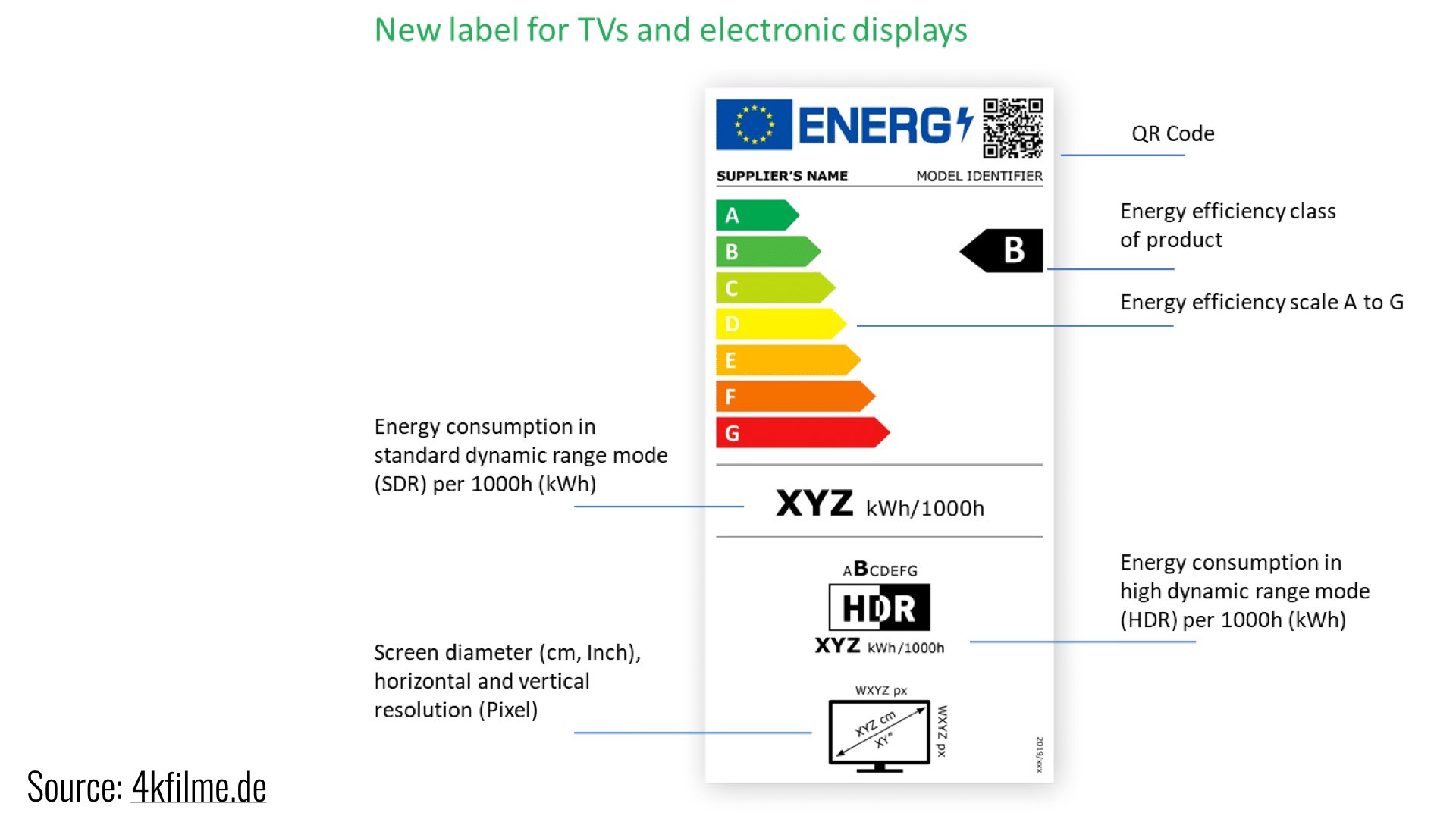
Thoughts: Breaking the (Moore) law
Moore’s law is the observation that the number of transistors in a dense integrated circuit (IC) doubles about every two years. Moore’s law is an observation and projection of a historical trend. Rather than a law of physics, it is an empirical relationship linked to gains from experience in production and indicates the growth of technology due to demand. Moore’s law can explain the insane growth in resolution and the heavy presence of 8K and even 12K content and cameras. Nevertheless, there’s a possibility that 8K content TV will be less relevant. The reason for the consumption limitation is not mentioned. The war in Europe might be a solid cause. So who thought that the Russian invasion would destroy Moore’s law? Anyway, do not master your content in 12K resolution yet.


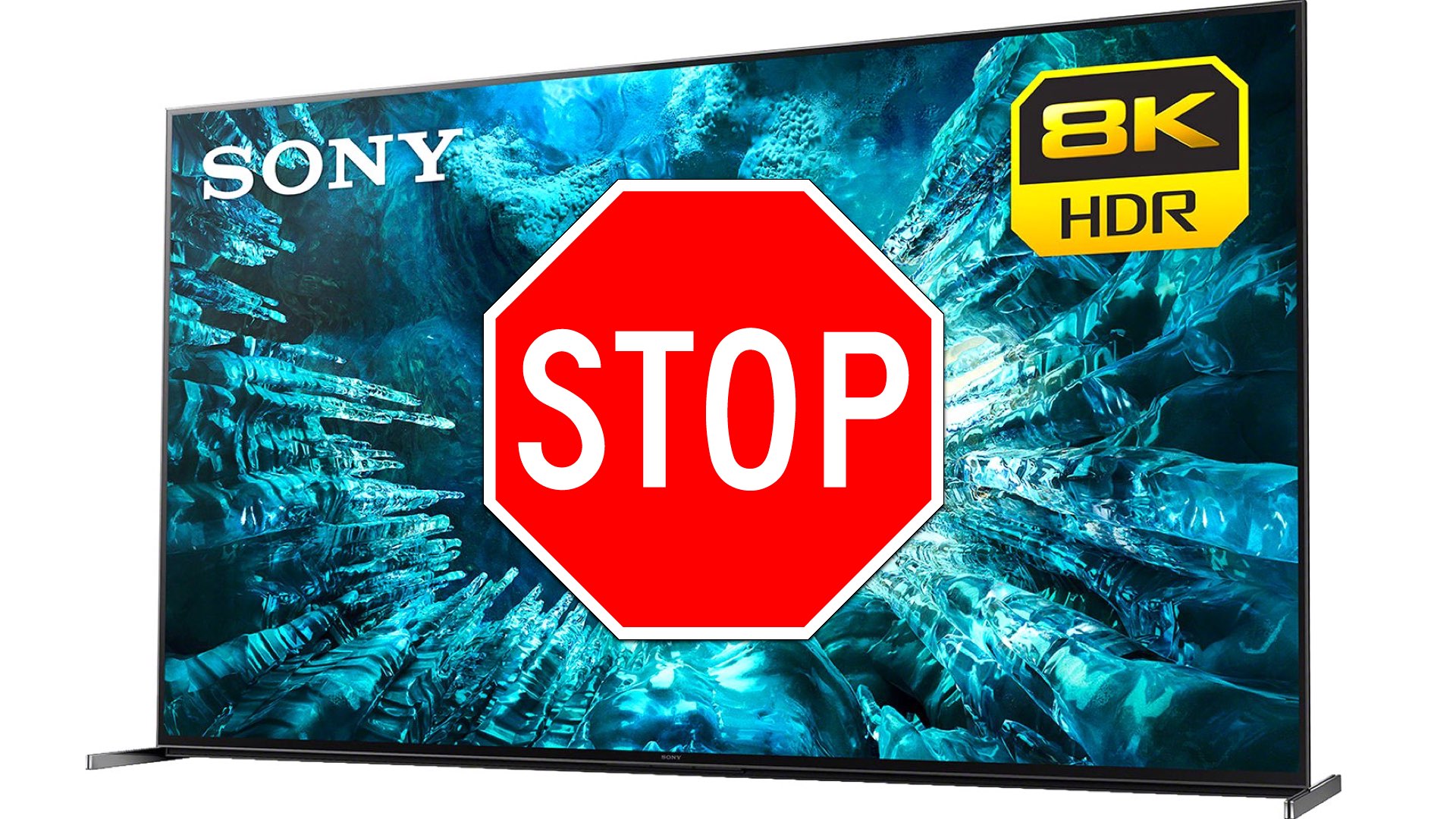
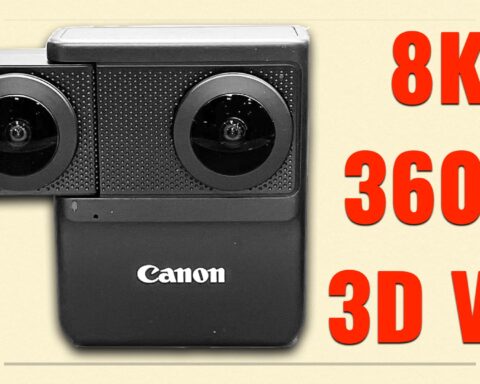
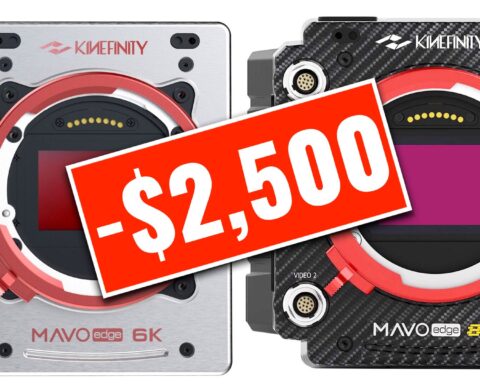
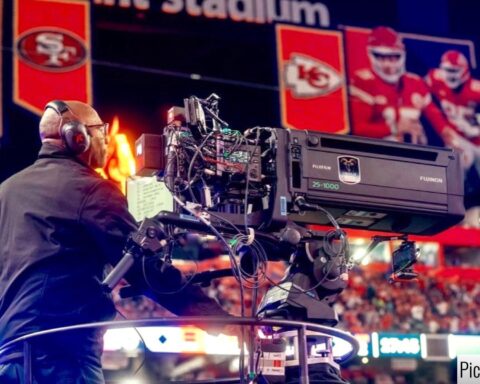
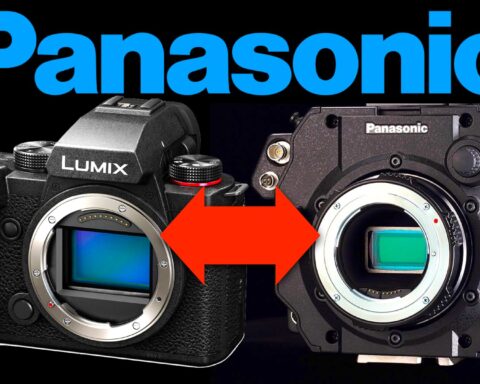
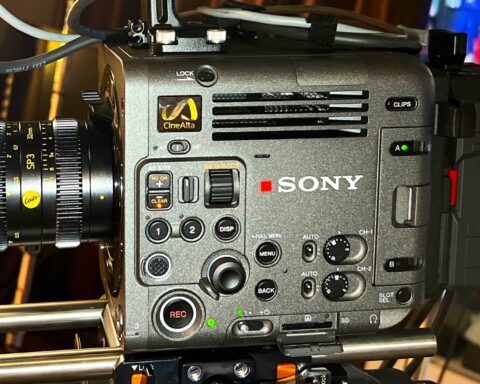
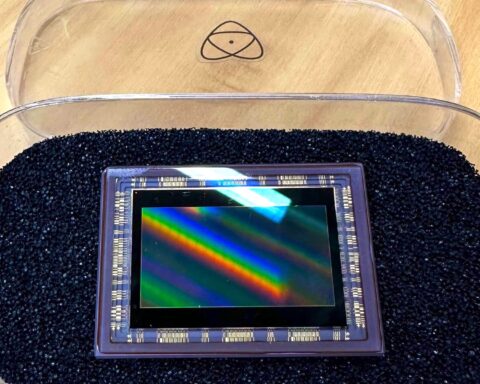


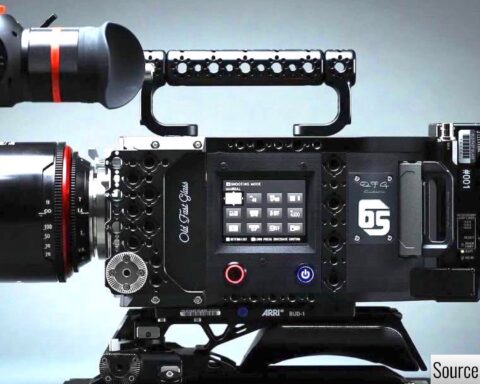

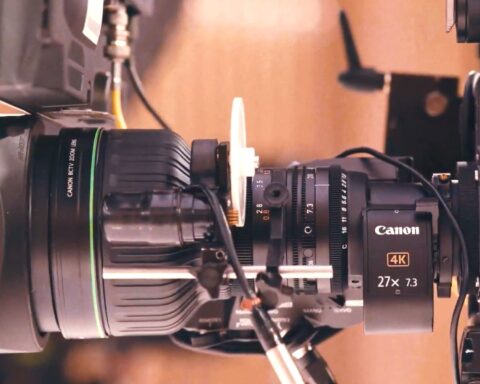
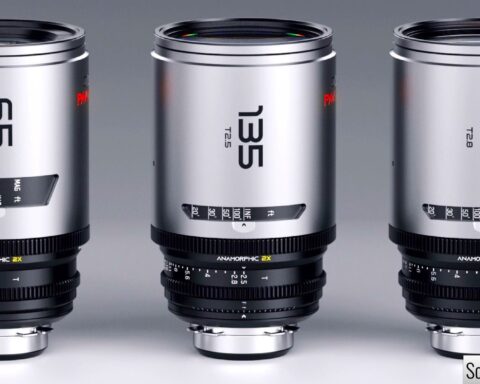
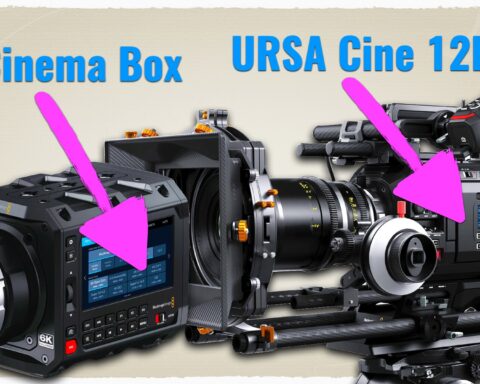


I’m amused at measuring energy consumption as kWh/1000h. That’s… just Watts.
This perplexes me. LED, and especially OLED, TVs use considerably less power than LCD or QLED TVs because they do not use a backlight. What else is there? CRT- Uses THOUSANDS of percent more energy. REAR PROJ.- Too big and expensive. LAZER- All of the above. To be perfectly frank, I have a sneaking suspicion this entire article is BS. A LED TV uses, at max (white) all the power of billions of tiny 1/10000000 watt bulbs, for a total of 100W (about 1/3 of 1 modern street lamp), and an OLED TV uses about 1/10 of that.
That is NOT True, that OLED tvs use less power.
In fact quite the reverse is true,
(IE) LCD tvs use less power, especially in the SDR mode,
(Standard Definition).
In the HDR mode power usage is slightly less for LCD tvs
except for the Q90 which is a mini LED TV and has
a lot more leds for the backlight.
The “Max” numbers, (for the led tvs) are based on HDR Use and with the backlight turned to max, (which to me is wayyy to bright.
On an OLED TV the max watts would be on a very bright scene
(Like an ice skating rink) ~~before the brightness limiter kicked in.
An Oled TV power usage depends on how bright the scene is and of course
varies with scene brightness.
A led TV power usage depends on where you have the brightness setting
and scene brightness has nothing to do with power usage,
(IE a totally dark scene will draw the same amount of power as a really
bright scene.
Here are power usage numbers for both some older and current TVs
published by Rtings.
Gary
Samsung KS8000 52 w, max 139 watts 1431 nits 10% (55″)
Samsung Q7fn 62 w, max 165 watts 2100 nits 10% (55″)
Samsung q90 63W max 207 watts 1464 watts 10%
Samsung qd oled 113w max 242 watts 1025 nits 10% (65″)
Lg Oled c6 107 W,max 171 watts 652 nits 10% (55″)
LG Oled c1 79W .max 184 watts 728 nits 10% (55″)
LG Oled C2 77w max 179 watts 788 nits 10%
Lg OleIdG2 84W max 189 watts 912 nits 10%
Kinda quiet there
This makes absolutely no sense. They should ban gaming PCs with Intel processors and NVidia GPUs first. They consume 500~900W easily, way more power compared to these TVs. So why not ban those items first?